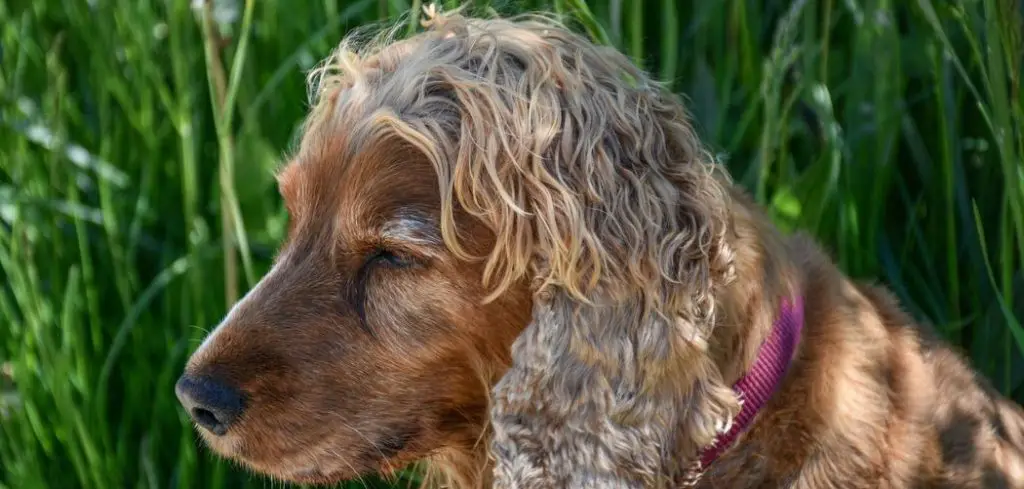When your dog is drooling, vomiting, and not eating, it’s more than just a stomach bug—it could be the sign of a serious health issue.
While occasional vomiting might happen with dietary indiscretion, combining it with heavy drooling and refusal to serious underlying causes.
These symptoms together require your close attention and, in many cases, prompt medical action.
We outline why your dog may be experiencing these symptoms, what you can do at home, and when to call the vet.
Dog Drooling Vomiting and Not Eating: Why It Happens
When your dog is drooling, vomiting, this combination of symptoms often signals gastrointestinal upset, toxin ingestion, pancreatitis, or a foreign body obstruction. When a dog is drooling, vomiting, and not eating, it typically means something is irritating their digestive system, causing nausea and an inability to keep food down. Some causes are minor and pass quickly, but others may escalate fast without veterinary care.

Dog Drooling Vomiting and Not Eating: Common Causes
Gastric Upset or Inflammation
The most common cause of a dog drooling, vomiting, and not eating is simple gastrointestinal upset.
Dogs can develop gastritis from eating table scraps, trash, or spoiled food. This leads to nausea, vomiting, drooling, and appetite loss.
In milder cases, symptoms might resolve in 12–24 hours with rest and bland food.
However, persistent vomiting or worsening drooling may mean the stomach is severely irritated or inflamed, and continued fluid loss can lead to dehydration.
Related: Dog drooling and not eating (Causes and when to worry)
Ingesting a Toxic Substance
Ingesting toxins such as chocolate, xylitol, household cleaners, or toxic plants like azaleas or sago palm can cause vomiting and heavy drooling within minutes to hours.
These poisons irritate the gastrointestinal tract or affect vital organs, leading to severe symptoms including lethargy, tremors, and refusal to eat.
If you suspect your dog has eaten something dangerous, don’t wait.
Call your vet or a poison helpline immediately and try to bring the label or substance container to help guide treatment.
Pancreatitis
Pancreatitis, or inflammation of the pancreas, is a painful and serious condition in dogs.
It is often triggered by fatty foods and presents as vomiting, abdominal pain, drooling, and refusal to eat. The pain and nausea may also make your dog restless, bloated, or weak.
This condition requires veterinary diagnosis and care.
Dogs with pancreatitis may need to be hospitalized for IV fluids, pain relief, and monitoring to prevent complications like dehydration and organ failure.
Foreign Object or Intestinal Blockage
If your dog has swallowed a toy, sock, or bone fragment, it could become lodged in the digestive tract. This causes vomiting, refusal to eat, drooling, and often signs of abdominal pain such as whining or guarding the belly.
These obstructions are dangerous and can quickly escalate to life-threatening conditions if not surgically removed. If your dog is vomiting repeatedly, acting uncomfortable, and hasn’t passed stool, seek emergency care immediately.
Motion Sickness or Acute Nausea
Some dogs drool and vomit due to motion sickness, especially during car rides or after intense physical activity. This may also occur due to sudden nausea triggered by food intolerance, anxiety, or rapid eating.
If symptoms appear after travel or stress, nausea might be to blame.
However, if your dog refuses to eat afterward or continues vomiting, it could indicate a more serious issue developing.
What to Do if Dog Is Drooling, Vomiting, and Not Eating
If your dog is showing all three symptoms—drooling, vomiting, and not eating—take these steps:
Withhold food for 12–24 hours to allow the stomach to rest, but continue offering small amounts of water.
Avoid giving human medications, which can worsen symptoms or be toxic.
Watch for blood in vomit or stool, which can signal internal bleeding or poisoning.
Try ice cubes or electrolyte solution to maintain hydration without upsetting the stomach.
Monitor for signs of improvement, but be ready to visit your vet if symptoms continue beyond a day or worsen.
When to Call or Visit Your Vet
These symptoms should never be ignored. Call your vet right away if:
Vomiting persists for more than 12 hours or is violent/frequent.
Your dog refuses food and water.
There’s blood in the vomit or stool.
Your dog appears weak, bloated, or disoriented.
You suspect ingestion of something toxic or indigestible.
Delaying care can lead to complications like dehydration, electrolyte imbalance, or organ damage—especially in puppies, senior dogs, or small breeds.
Related: Dog drooling not eating or drinking (Here’s why)
Key Takeaway
When your dog is drooling, vomiting, and not eating, it’s a clear sign that something is wrong. Whether it’s a simple upset stomach or a serious obstruction or toxin, these symptoms require careful monitoring and often professional intervention.
Acting quickly can prevent further suffering and help your dog return to their happy, healthy self.
Don’t wait and see—your dog’s comfort and health may depend on what you do next.
